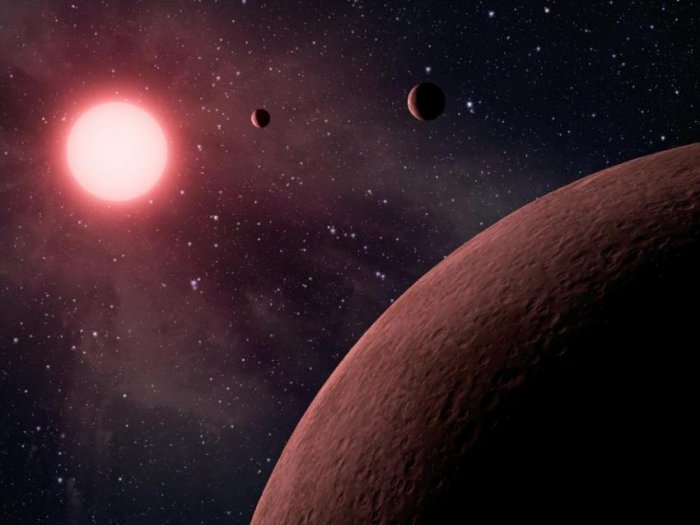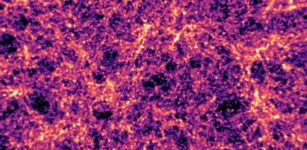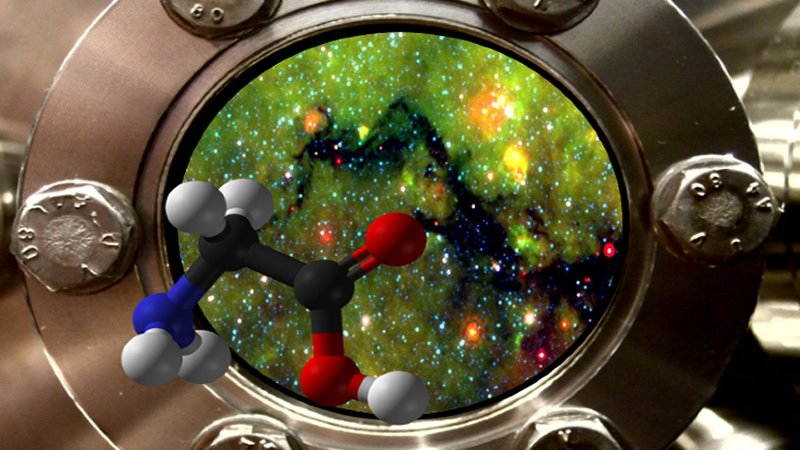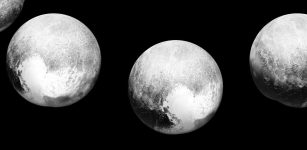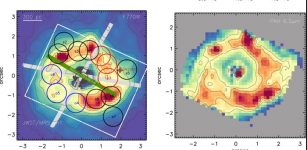Rare-Earth Metals In Atmosphere Of Hot Exoplanet KELT-9 b – Discovered
Eddie Gonzales Jr. – MessageToEagle.com – KELT-9 b is the hottest exoplanet known to date. In the summer of 2018, a joint team of astronomers from the universities of Bern and Geneva found signatures of gaseous iron and titanium in its atmosphere.
Now these researchers have also been able to detect traces of vaporized sodium, magnesium, chromium, and the rare-Earth metals scandium and yttrium.
KELT-9 is a star located 650 light years from the Earth in the constellation Cygnus. Its exoplanet KELT-9 b exemplifies the most extreme of these so-called hot-Jupiters because it orbits very closely around its star that is almost twice as hot as the Sun. Its atmosphere reaches temperatures of around 4’000 °C.
In such heat, all elements are almost completely vaporized and molecules are broken apart into their constituent atoms – much like is the case in the outer layers of stars. This means that the atmosphere contains no clouds or aerosols and the sky is clear, mostly transparent to light from its star.
The atoms that make up the gas of the atmosphere absorb light at very specific colors in the spectrum, and each atom has a unique “fingerprint” of colors that it absorbs.
Researchers from the Universities of Bern and Geneva used a sensitive spectrograph mounted on a large telescope, in order to discern the chemical composition of the atmospheres of planets that are many light-years away.
“Using the HARPS-North spectrograph on the Italian National Telescope on the island of La Palma, we found iron and titanium atoms in the hot atmosphere of KELT-9 b”, explains Kevin Heng, Director and Professor at the Center for Space and Habitabilty (CSH) at the University of Bern and a member of the National Centre of Competence in Research Planets, in a press release.
The team observed the KELT-9 system for a second time last summer, with the goal of confirming their previous detections, but also to proceed to search for additional elements that could be present in the data as well.
Their survey included 73 atoms, among which some so-called rare-Earth metals. These substances are less common on Earth, but are applied in advanced materials and devices. Jens Hoeijmakers, who is the first author of the study which is now published in the Journal Astronomy & Astrophysics and who is a Postdoc at the CSH in Bern and at Geneva Observatory, says:
“Our team predicted that the spectrum of this planet could well be a treasure trove where a multitude of species can be detected that have not been observed in the atmosphere of any other planet before.”
The researchers indeed found strong signals of vaporized sodium, magnesium, chromium and the rare-Earth metals scandium and yttrium in the spectrum of the planet. The latter three of these have never been detected robustly in the atmosphere of an exoplanet before.
“The team also advanced their interpretation of this data, and were able to use these signals to estimate at what altitude in the planet’s atmosphere these atoms are absorbing”, says Jens Hoeijmakers. What is more, the researchers also know more about strong global wind patterns high up in the atmosphere that blow the material from one hemisphere to the other.
“With further observations, many more elements may well be discovered by using the same technique in the atmosphere of this planet in the future, and perhaps also on other planets that are heated to similarly high temperatures”, explains Jens Hoeijmakers.
Written by Eddie Gonzales Jr. – MessageToEagle.com Staff Writer

